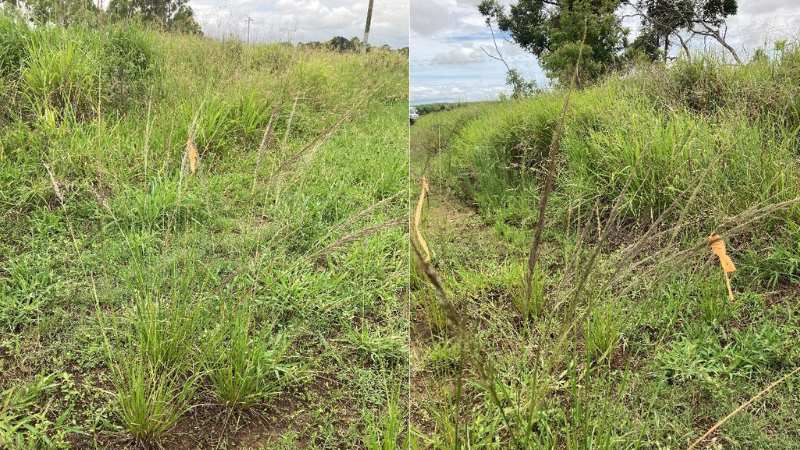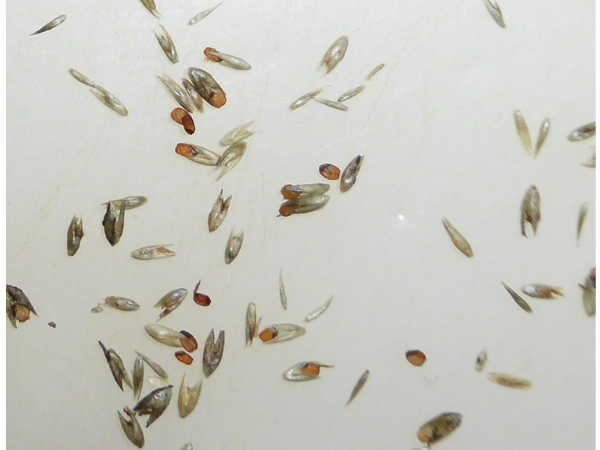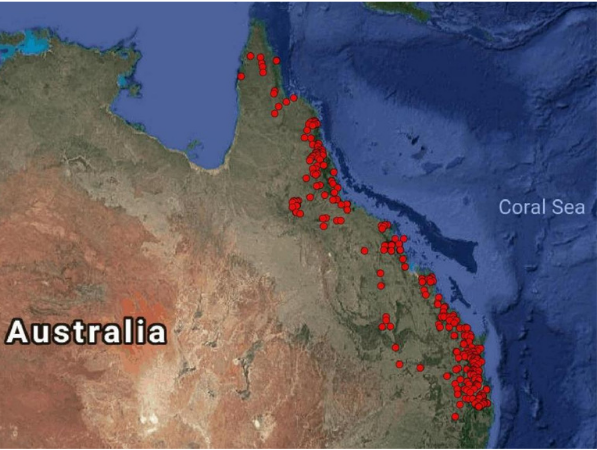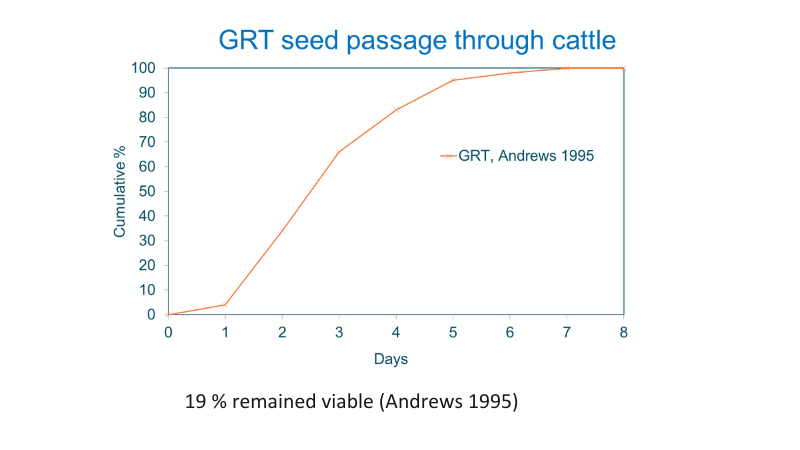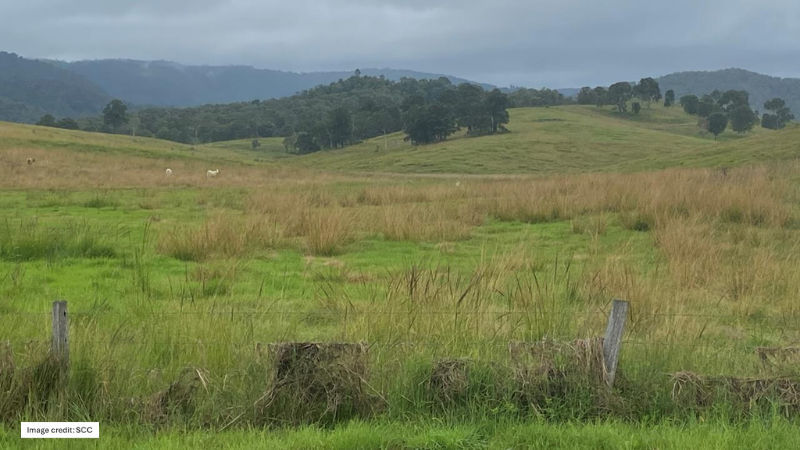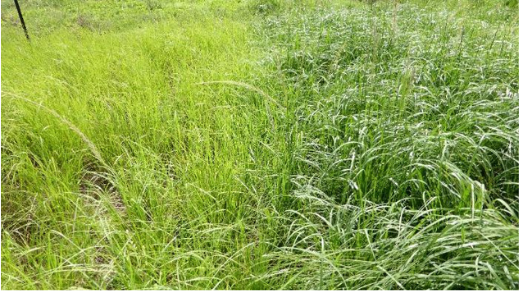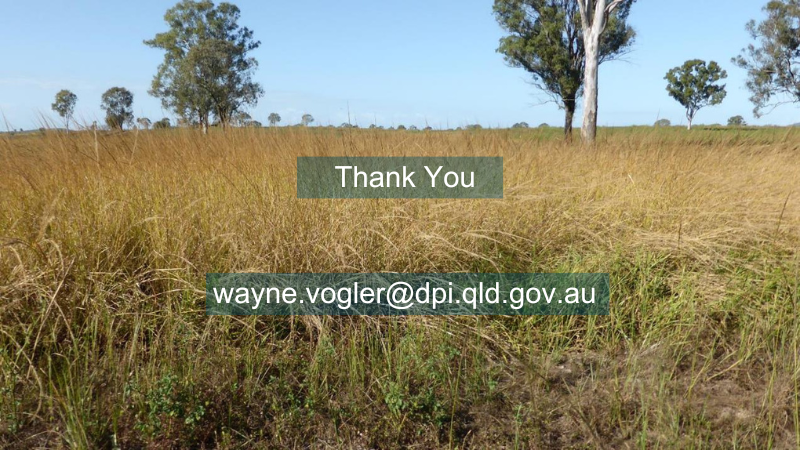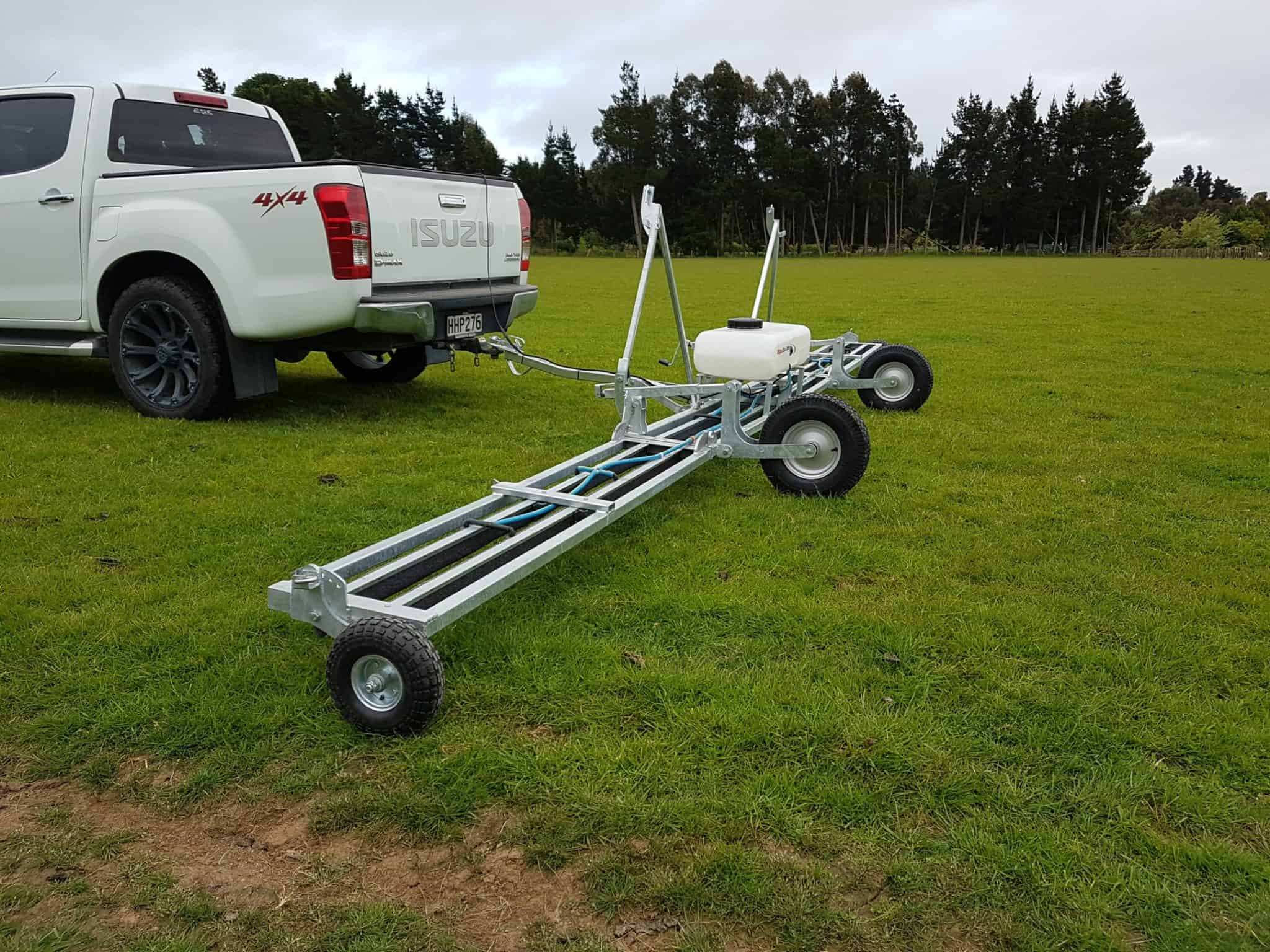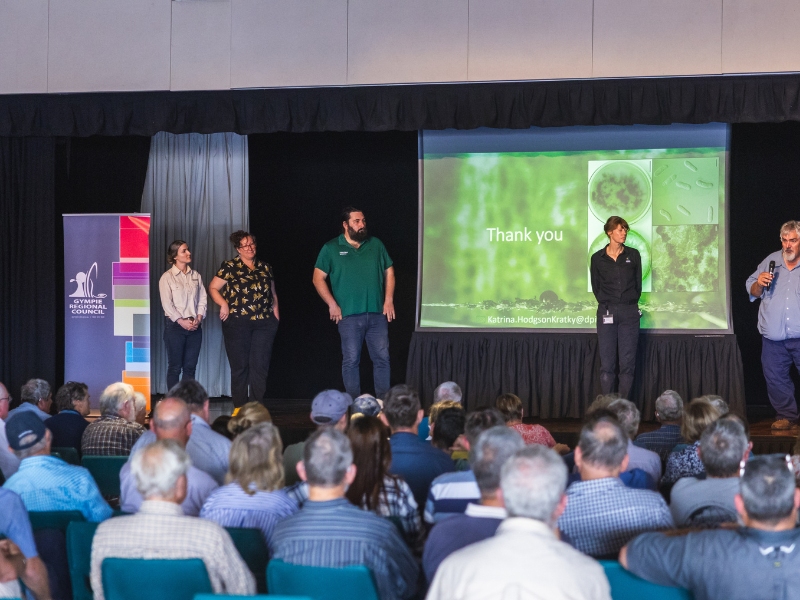Discover expert insights from Dr Wayne Vogler, Senior Principal Weed Scientist at the QDPI Tropical Weeds Research Centre, on controlling and managing Giant Rats Tail Grass.
Dr Wayne Vogler shares practical strategies for managing Giant Rats Tail Grass, including understanding its biology, the importance of early intervention, and the latest research on chemical and mechanical control methods. He explains how timing management efforts correctly can deliver the best long-term results for pasture health.
Watch his full video advice below and access the supporting slideshow PDF for detailed guidance on integrated Rats Tail Grass management.
The Redback Weedwiper has proven success of killing Giant Rats Tail Grass (GRT) in pastures. Learn more, see it in action and shop online now for a quick delivery.
Dr Wayne Vogler Integrated Management of GRT
Senior Principal Weed Scientist from the QDPI Tropical Weeds Research Centre, Dr Vogler discussed:
- The biology of Giant Rat’s Tail Grass
- Why early intervention is critical
- Current research and promising control strategies
- Chemical and mechanical control methods
- Timing weed management efforts for best results
Dr Wayne Vogler – Senior Principal Weed Scientist, QDPI Tropical Weeds Research Centre Charters Towers
SLIDESHOW PREVIEW
The following content was provided as a supporting presentation referenced in the videos above. You can download the original presentation or view the summary information below.
Giant Rats Tail Grass: The What, Why and How
Dr Wayne Vogler
Senior Principal Scientist
Tropical Weeds Research Centre, DPI Charters Towers
What is Giant Rats Tail Grass?
- Exotic grass introduced from Africa, where it is also considered weedy.
- Species: Sporobolus pyramidalis and Sporobolus natalensis.
- Introduced for pasture and soil erosion control.
- Highly competitive, long-lived, and tolerant to drought and waterlogging.
- Reproduces only by seed.
- Adapted to most soil types, including saline soils
Why Should We Care about Giant Rats Tail Grass?
- Reduces biodiversity and excludes native flora and fauna.
- Decreases pasture productivity and increases control costs.
- Produces high biomass, increasing wildfire risk.
- Low feed value except when young.
- Forms near-monocultures that alter ecosystems.
Legal Requirements
Giant, American and giant Parramatta rat’s tail grasses are category 3 restricted invasive plants under the Biosecurity Act 2014. A person
must not release these invasive plants into the environment, give away or sell as a seed, plant or something infested with its seeds. The Act requires everyone to take all reasonable and practical measures to minimise the biosecurity risks associated with invasive plants under their control. This is called a general biosecurity obligation (GBO).
How Do We Manage It?
- Reduce seed movement and clean machinery regularly.
- Use herbicides such as glyphosate or flupropanate appropriately.
- Maintain competitive pasture species and vegetation cover.
- Intervene early on small infestations.
- Use fencing and buffer zones to limit spread.

Fire Effects on Giant Rats Tail Grass
GRT plants are highly tolerant of fire. Fire can reduce the soil seed bank by up to 50%, but it often promotes regrowth and seed production. Fire should only be used as part of an integrated management plan. Fire is not recommended as a standalone control method and should only be used as part of an integrated management program. Its effectiveness is limited to a few weeks after seedling emergence, with high intensity fires providing the best results. After a fire, plants grow in an environment with reduced competition, which increases the likelihood of mature plants establishing and the infestation spreading.
Herbicide – Glyphosate
Glyphosate is a non-selective herbicide with foliar uptake and no residual activity. It can be applied as spot, broad acre or aerial treatments using boom spray, boomless jet or wick wiper. Best applied to actively growing plants. Field observations show plants may still produce seed as they die. Wait one day after treatment to allow full herbicide translocation.
Herbicide – Flupropanate
Flupropanate is available as a liquid (Taskforce, Tussock) or granular formulation and works through root and foliar uptake, activated by rainfall. It can be applied as spot, broad acre, or aerial treatments to actively growing or hayed off plants. Flupropanate is slow acting, taking three to four months to kill plants, and field observations show that plants may still produce seed while dying. Residual activity is variable, lasting six to twelve months in sandy coastal soils, and potentially longer in clay soils or areas with lower rainfall. It is selective at registered application rates and can be applied any time of year, but timing affects effectiveness. Heavy rainfall soon after application may reduce success. Applications in October or November when conditions are dry and plants are not actively growing can kill plants before seed is produced. Applications in February or March on actively growing plants may allow some viable seed to be produced while plants die, and main activity in April and May continues into the following growing season.
Withholding Periods
WITHHOLDING PERIODS: There are two withholding periods (WHPs), which apply one after the other for this chemical, and both must be observed.
The first, the grazing and cutting WHP, depends on the type of spraying used. Stock which have been
grazed in treated areas after the grazing and cutting WHP has passed must then be moved to untreated
areas or fed on clean feed for at least 14 days before slaughter.
The requirement for moving animals from treated to untreated areas, or feeding them with clean feed for at least 14 days before animals are sent to slaughter, applies permanently to treated areas, whether spot sprayed or sprayed in some other way.
Spot Spraying: Spot spray treatment is the direct hand spraying of individual plants in an area with no
spraying of any surrounding areas. Do NOT graze or cut for stock feed, areas which have received spot
treatment, for at least 14 days after spraying: Do not graze stock in treated areas for at least 14 days prior
to slaughter.
Blanket treatment (treatment other than spot-spraying): DO NOT graze treated areas or cut for stockfeed
for 4 months after application. Do not graze stock in treated areas for at least 14 days prior to slaughter.
Lactating animals producing milk for human consumption MUST NOT be grazed in treated areas.
Grasses
- Humidicola
- Signal grass
- Pangola
- Rhodes grass
GRT and Signal grass percentage of the total biomass for each sub treatment from 2017-2020.
The visual difference between no fertiliser (light green) and DAP (90kg/ha of N) + Urea (120kg/ha of N) (dark green) at 5 WAT.
Giant Rats Tail Grass Management Principles
Effective management requires clear objectives, including minimizing impact while maintaining productivity and environmental values. Early detection and intervention are critical. Herbicides alone are generally not sufficient, and long-term management strategies are necessary. Maintaining healthy pasture and ground cover is essential and may include the use of fertilizers or sowing improved pastures. There are no quick fixes with Giant Rats Tail Grass, and complete eradication is rarely achievable. ERADICATION?
Get Your Redback Weedwiper Today
Take control of your pastures with the Redback Weedwiper, built to target weeds efficiently while protecting your valuable pasture. Designed for ease of use, durability, and proven results, it’s the ideal tool for any farm. Contact one of our product specialists to discuss your land and weed challenges and find out which Redback Weedwiper is best for your needs. Don’t wait…click below to learn more, order online, and start improving your pasture management today. Call us on 1800 836 313
Gympie Giant Rats Tail Field Day Videos
We are grateful to Dr Wayne Vogler for sharing his expert insights on managing Giant Rats Tail Grass at the Gympie Giant Rats Tail Grass Field Day. The event brought together growers, researchers, and industry experts to discuss the latest strategies for controlling this challenging weed, including practical demonstrations and hands-on advice. We hope these slides and Dr Vogler’s tips help farmers and land managers protect their pastures, maintain productivity, and implement effective long-term weed control. For more expert advice, practical demonstrations, and insights from the field day, follow the link to view the full video playlist from the event.



